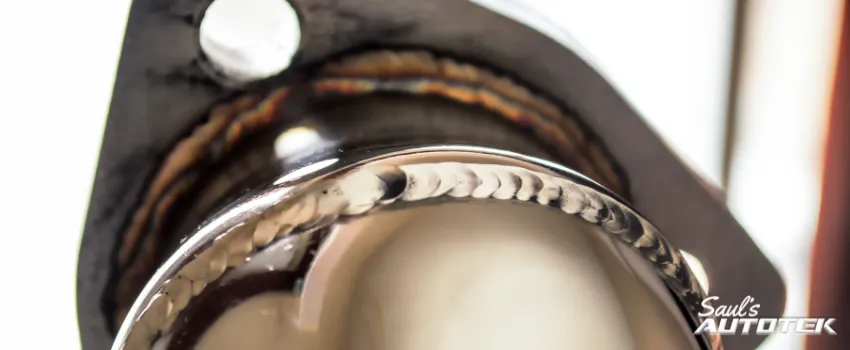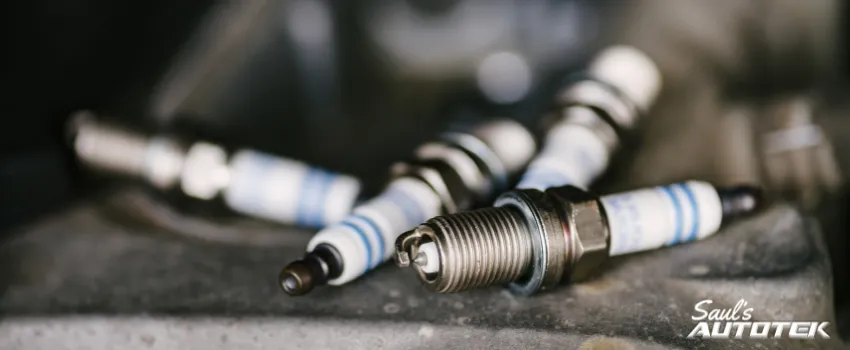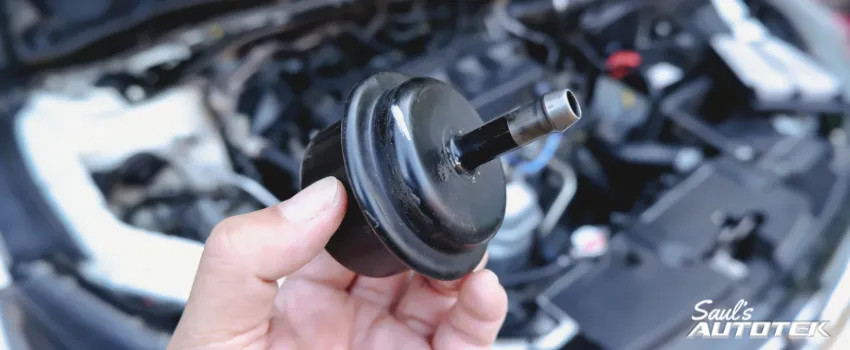To car owners who are unfamiliar with the catalytic converter, keep reading for some valuable information. This vital component is normally placed underneath your vehicle, specifically in the exhaust system. It has valuable metals housed within, including platinum, palladium, and rhodium, which have since skyrocketed in price.
In this regard, a troubling trend has emerged, and this is the rise in the cases of catalytic converter theft. This has become an alarming issue due to its prevalence and the significant impact it has on individuals and businesses alike. In particular, car owners face not only the financial burden of replacing stolen converters but also the potential consequences of having their vehicles rendered inoperable.
What is a catalytic converter?
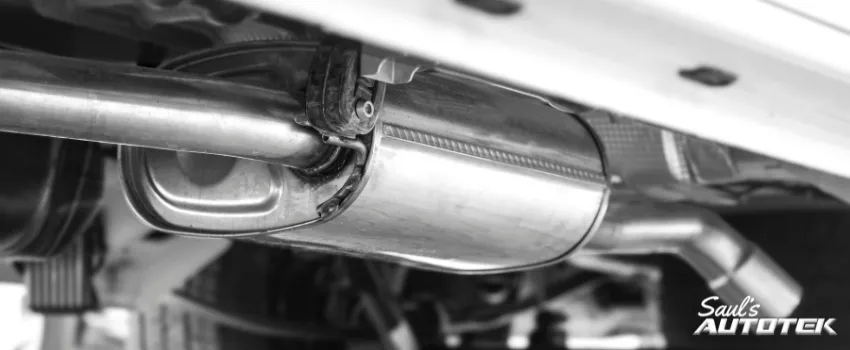
A catalytic converter is an important component of a vehicle’s exhaust system and plays a vital role in reducing harmful emissions. It converts toxic gasses produced during the combustion process in your car into less harmful chemicals before they are released into the atmosphere.
The typical catalytic converter contains a catalyst, usually made of platinum, palladium, or rhodium, which facilitates the chemical process that transforms harmful pollutants, such as carbon monoxide, nitrogen oxides, and unburned hydrocarbons, into nitrogen, carbon dioxide, and water vapor. This process helps to minimize the environmental impact of vehicle emissions and contributes to air quality improvement efforts.
How do catalytic converters work?
Catalytic converters work through a series of chemical reactions that take place within the device. When exhaust gasses pass through the converter, they encounter a honeycomb-like structure coated with several catalysts that facilitate the process which comes in two distinct steps. The first involves the oxidation of carbon monoxide (CO) and unburned hydrocarbons (HC) into carbon dioxide (CO2) and water (H2O). This reaction occurs with the help of platinum and palladium as catalysts.
The second step involves the reduction of nitrogen oxides (NOx), which are harmful pollutants, into nitrogen (N2) and oxygen (O2). A third catalyst, rhodium, facilitates this particular reaction.
Through these two chemical processes, the catalytic converter helps to make noxious gasses less harmful. They also enable vehicles to meet emissions standards and reduce their impact on air quality. However, it is important to note that catalytic converters require optimal operating conditions to function effectively, and any damage can hinder their ability to mitigate emissions effectively.
Why are people going around stealing catalytic converters?
Why are catalytic converters stolen? Below are the reasons that illustrate why catalytic converters have become a target for thieves:
1. They contain valuable metals.
Catalytic converters contain metals like platinum, palladium, and rhodium, which have all seen a significant increase in market value. Catalytic converter thieves target these and sell them to scrap metal dealers or on the black market for substantial profits.
2. Catalytic converters have no serial numbers.
Catalytic converters generally lack unique identification numbers, making them difficult to trace once they are stolen. This anonymity contributes to the increase in stolen catalytic converter cases.
3. Catalytic converters are easy to remove.
The device is usually positioned underneath a car, making it relatively accessible. Additionally, removing a catalytic converter doesn’t require specialized tools since this is often secured by a few bolts or clamps. This accessibility and ease of removal make catalytic converter theft a quick and easy criminal activity.
4. There is a high demand for catalytic converters.
Catalytic converters are in great demand due to their valuable metals and the necessity of these devices in vehicles. This demand fuels a robust market for stolen converters, where they can be quickly resold to individuals or criminal networks involved in the illicit trade of precious metals.
Is it easy to replace a catalytic converter?
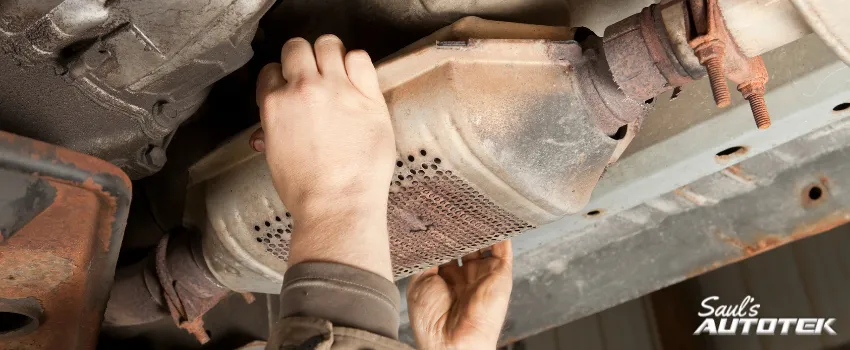
Replacing a catalytic converter is a task that typically requires professional expertise and specialized equipment. It involves removing the old converter, which may be secured by various bolts, clamps, or flanges, and installing a new one that’s compatible with the specific make and model of the vehicle. Due to the complex nature of the exhaust system and the need for precise positioning of the catalytic converter, the replacement process can be challenging for the average car owner.
Additionally, the exhaust system may need to be properly aligned and connected to ensure the proper functioning of the converter device. Given this, it is advised that the assistance of a qualified mechanic or automotive technician is sought to ensure a correct and reliable replacement of the catalytic converter.
Auto Insurance and Catalytic Converters
Auto insurance coverage for catalytic converter theft can vary depending on the specific insurance policy and coverage options that the car owner has chosen. In general, comprehensive insurance coverage may offer protection against theft or damage to the catalytic converter.
However, it is advised that an insurance policy is reviewed carefully or clarified with the insurance provider to understand the extent of coverage when it comes to catalytic converters. Some policies may require a separate add-on or endorsement for coverage specific to catalytic converter theft.
Can a car run without a catalytic converter?
Yes, a car can technically run without a catalytic converter; however, it may not be legal in some places due to existing environmental laws. Several countries have strict regulations regarding emissions standards, and driving a vehicle without a functioning catalytic converter could result in legal consequences, such as fines or penalties.
The primary function of a catalytic converter is to reduce harmful car emissions. Without it, vehicle emissions would not be properly treated, leading to increased environmental pollution. Additionally, removing the catalytic converter may negatively affect a car’s performance, as it can disrupt the exhaust system’s balance and airflow.
What cars are targeted for catalytic converter theft?

There are certain factors that make some cars more attractive to this type of theft. Generally, autos with higher ground clearances have easier access points from which a catalytic converter can be removed. Trucks, SUVs, and hybrid vehicles are often known for having a stolen catalytic converter due to their elevated undercarriage.
Additionally, older vehicles are commonly targeted as their catalytic converters may contain a higher concentration of precious metals, which can be more lucrative for thieves. Models from popular car brands like Toyota and Honda also tend to be more at risk of ending up with a stolen catalytic converter because they have a larger presence on the road.
Why are catalytic converters so valuable to thieves?
Catalytic converters are valuable to thieves because:
1. Catalytic converter thievess are after precious metals.
The presence of precious metals such as platinum, palladium, and rhodium in catalytic converters makes them highly valuable. These metals have recently seen a significant increase in market prices, making converters an attractive target for thieves seeking quick profits.
2. The scrap metal market trade is unregulated.
The unregulated nature of the scrap metal market creates an environment that makes the stealing of catalytic converters an inviting activity. With minimal oversight and limited requirements to provide proof of ownership, catalytic converter thieves can easily sell stolen converters to scrap yards or metal recyclers without arousing suspicion.
3. There’s great value in reselling and recycling catalytic converters.
The high demand for catalytic converters in the resale and recycling markets contributes to them being enticing targets for thieves. Stolen converters can be sold to unscrupulous buyers or illegal recycling operators, where they are dismantled to extract precious metals. The profitability of these businesses encourages thieves to continue targeting catalytic converters, perpetuating the cycle of theft and illegal trade.
How to Prevent Catalytic Converter Theft
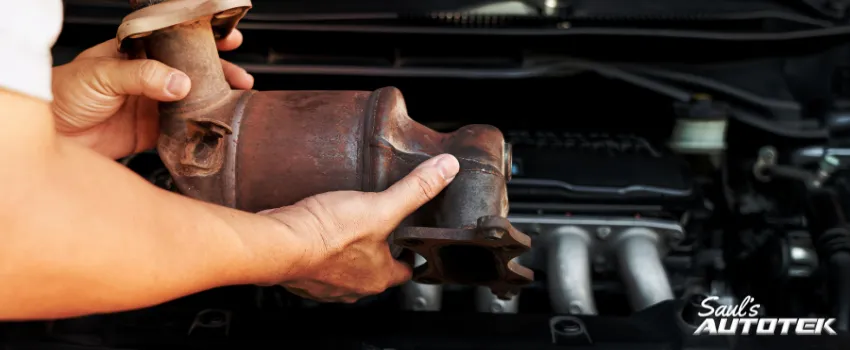 Stealing catalytic converters may have become popular among thieves, but there are several measures you can take to combat this.
Stealing catalytic converters may have become popular among thieves, but there are several measures you can take to combat this.
Below are some tips on how to prevent catalytic converter theft:
1. Park in well-lit and secured areas.
Whenever possible, park your car in well-lit places with good visibility and preferably in locations with working surveillance cameras. Thieves are less likely to target highly-visible vehicles in the open as there is a higher risk of being caught or detected.
2. Install a catalytic converter protection device.
Consider installing a catalytic converter protection device, such as a shield or cage, which can act as a physical barrier and deter potential theft. This should make it more difficult and time-consuming for thieves to access and remove the converter, potentially forcing them to change their minds.
3. Create a unique identifier on your catalytic converter.
Etching a unique identifier on the catalytic converter, such as your vehicle identification number (VIN), can make it less attractive to thieves. This marking will also make it easier for law enforcement authorities to trace your converter if you’re a victim of catalytic converter theft.
4. Use security cameras and alarm systems.
Installing security cameras or alarm systems in your home or workplace parking areas can help deter thieves from stealing your catalytic converter. They can also serve as evidence in case a theft occurs.
Key Takeaway
Why are catalytic converters stolen? It’s because they are easily accessible and contain precious metals that can fetch high prices in the illegal trade market. These factors combined create a lucrative and low-risk opportunity for many thieves.
As the rise in catalytic converter theft continues to be a concern, vehicle owners are encouraged to assess their insurance coverage and consider options that provide them with adequate protection in the event of theft or damage to their catalytic converters.
Additionally, if the device malfunctions, it’s best to bring it to a professional auto shop to replace it.
Get an accurate diagnosis of your catalytic converter from Saul’s Autotek.
Having a faulty catalytic converter can be a serious problem. No need to worry because Saul’s Autotek can help!
Our experienced team of automotive technicians delivers quality catalytic converter services in Colorado, including diagnosing and repairing device issues. Don’t delay in addressing catalytic converter problems. Call us today!


